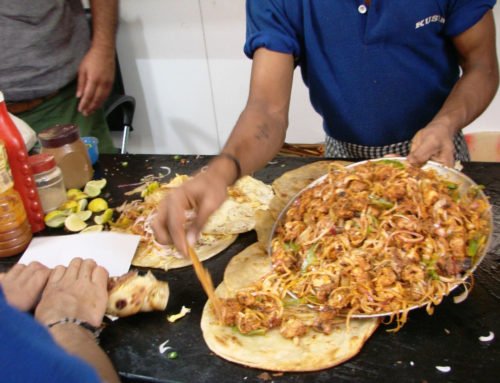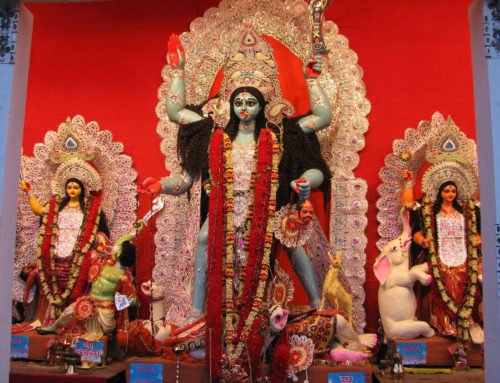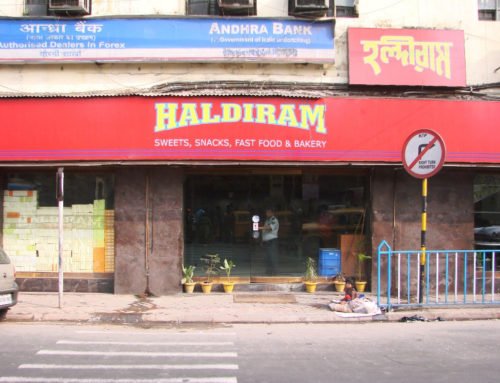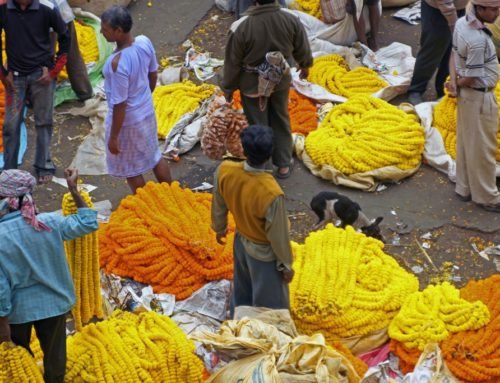Overview
- Features: Cemetery for the British who died serving their country in the 18th & 19th century
- Opening Times: 8:00 am to 4:45 pm, daily
- Best Time to Visit: Late October to early March
- Duration: 30 mins to 1 hr
- Travelled By: Taxi
- Cost: Free (donation expected)
- Address: 184 AJC Bose Road, Kolkata, West Bengal, India
- Type: Cemetery
Author Reviews[display_rating_item_results rating_form_id=”2″ rating_entry_ids=”1″ show_category_filter=”false” show_options=”true” result_type=”star_rating” preserve_max_rating=”true” show_title=”false” show_count=”false” ]
Total Rating: [display_rating_result rating_form_id=”2″ show_count=”false” show_rich_snippets=true] [accordions load=”1″] [accordion title=”User Reviews” last] [display_rating_item_results rating_form_id=”5″ show_options=”true” result_type=”star_rating” preserve_max_rating=”true” show_title=”false” show_count=”true” show_rich_snippets=true] [/accordion] [accordion title=”Add Review”][display_rating_form show_email_input=”true” show_comment_textarea=”true” show_name_input=”true” rating_form_id=”5″] [/accordion] [/accordions]
Summary
South Park Street Cemetery was used to accommodate the large number of British who died ‘serving’ their country. Opened in 1767 on what was previously a marshy area, the cemetery was in use until about 1830 and is now a heritage site. There are about 1,600 tombs in total, most of them in derelict condition.
South Park Street Cemetery Kolkata
Today Park Street is one of Kolkata’s top commercial avenues, but when it was constructed in the 1760s, it was a simple causeway across uninhabited marshlands built to access the then-new South Park Street Cemetery. The South Park Street Cemetery is a splendid example of the eclectic tastes of British and Eurasians who were at the helm of affairs in India in the 18th and 19th centuries. Opened in 1767, the cemetery was used to accommodate the large number of British who died ‘serving’ their country.
The South Park Street Cemetery was one of the earliest non-church cemeteries in the world, and probably the largest Christian cemetery outside Europe and America in the 19th century. Opened in 1767 on what was previously a marshy area, the cemetery was in use until about 1830 and is now a heritage site. There are 1,600 tombs in total, most of them in derelict condition.
[singlepic id=485 w=720 h=560 float=center]
These days the cemetery remains a wonderful oasis of calm featuring mossy Raj-era graves from rotundas to soaring pyramids, all jostling for space in a lightly manicured jungle. It is a peaceful paradise with a maze of soaring obelisks shaded by tropical trees.
The grounds, measuring some eight acres, are enclosed by a high brick wall. Within this, we find an array of tombs with cenotaphs, tablets and epitaphs, surrounded by a picturesque landscape of tall, shady trees, bushes and plants of many varieties. The tombs, raised on a brick plinth, are mostly of a square, rectangular or circular structure capped by a domical roof and fronted by Corinthian or Ionian columns that support an entablature contained within the pediment. Besides these, there are other types of monuments, including obelisks, cairns, carved stone urns resting on fluted columns, and the most beautiful sarcophagi.
The tombs are a mixture of Gothic architecture with a rich flavour of the Indo-Saracenic style. Of the latter, mention may be made of a unique and composite brick structure built in the ‘panchyatana’ manner, with a central dome flanked by miniature replicas of Orissan ‘rekha deul’ on four sides. Coupled with this peculiarity, the black basalt carvings on the frontal façade indicate a distinct respect for the Hindu faith.
[singlepic id=482 w=720 h=560 float=center]
The heavily inscribed decaying headstones, rotundas, pyramids and urns have been restored, and gardeners are actively trying to beautify the grounds.
Several of the inscriptions make interesting reading. Death, often untimely, came from tropical diseases or other hazards such as battles, childbirth and even melancholia. More uncommonly, it was an excess of alcohol, or as for Sir Thomas D’Oyly, through “an inordinate use of the hokkah”. Rose Aylmer died after eating too many pineapples!
Some of the more prominent tombs include those of Col Kyd, founder of the Botanical Gardens, the great oriental scholar Sir William Jones, and the fanciful mausoleum of the Irish Major-General ‘Hindoo’ Stuart.
[singlepic id=483 w=720 h=560 float=center]
Getting to & from South Park Street Cemetery
Located on the corner of Park Street and AJC Bose Road, South Park Street Cemetery can be reached by bus or taxi. Alternatively, you can hire a private car with chauffeur for the day from your hotel or a reputable travel agency in town.







